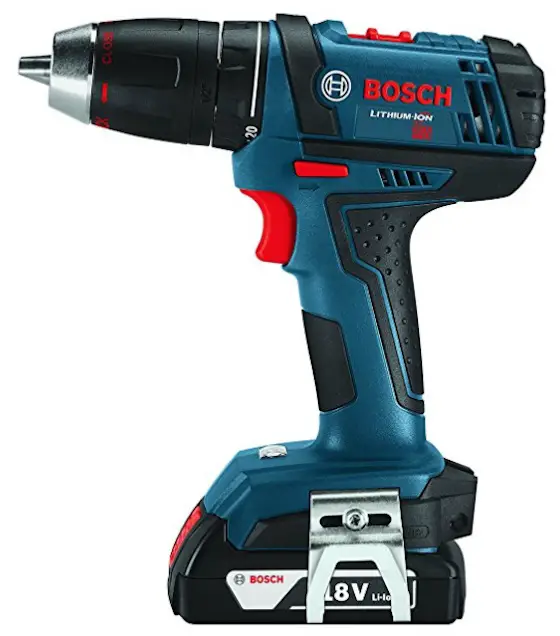How to Use a Drill Driver
How to Use a Drill Driver Video
A cordless drill driver is a magnificent tool that will save you time. This two-in-one power tool will also prevent lots of frustration.
Drill Driver Saves Your Wrist
My drill driver does a great job of preventing fatigue. Decades ago you had to turn screws by hand or use a crude mechanical screwdriver that slipped off the head of the screw.
Free & Fast Bids
Related Links

Here's the power tool similar to the one in the video. Be sure the one you have has a nice torque-adjustment collar! CLICK THE PHOTO NOW to have one delivered to your home.
Drilling Tips
It's best to always drill pilot holes for screws. Some screws have threads that drill pilot holes, but these are few and far between.
Pilot holes should be the same diameter as the inside shaft of the threaded part of the screw. Simply hold up a drill bit alongside the screw until you have a match.
Long screws that have a large unthreaded shank near the head should have a second pilot hole drilled to reduce friction at the top of the hole.
Driving Tips
It's important to realize that screw heads can be stripped. You can prevent this by using a perfect match with the driver bit.
For example, there are three common-sized Phillips-head drivers:
- #1
- #2
- #3
The most common Phillips bit you'll use is the #2.
Use Firm Pressure
Apply firm and constant pressure as you push against the tool while driving a screw. Screw heads will become stripped and rounded if the bit spins within the screw head. The driving bit will be ruined too.
Don't Overdrive Screws
Another key point beginners should know is the danger of overdriving. A drill driver is powerful and if you don't stop the tool in time, the screw can be driven too deep into the wood or decking.